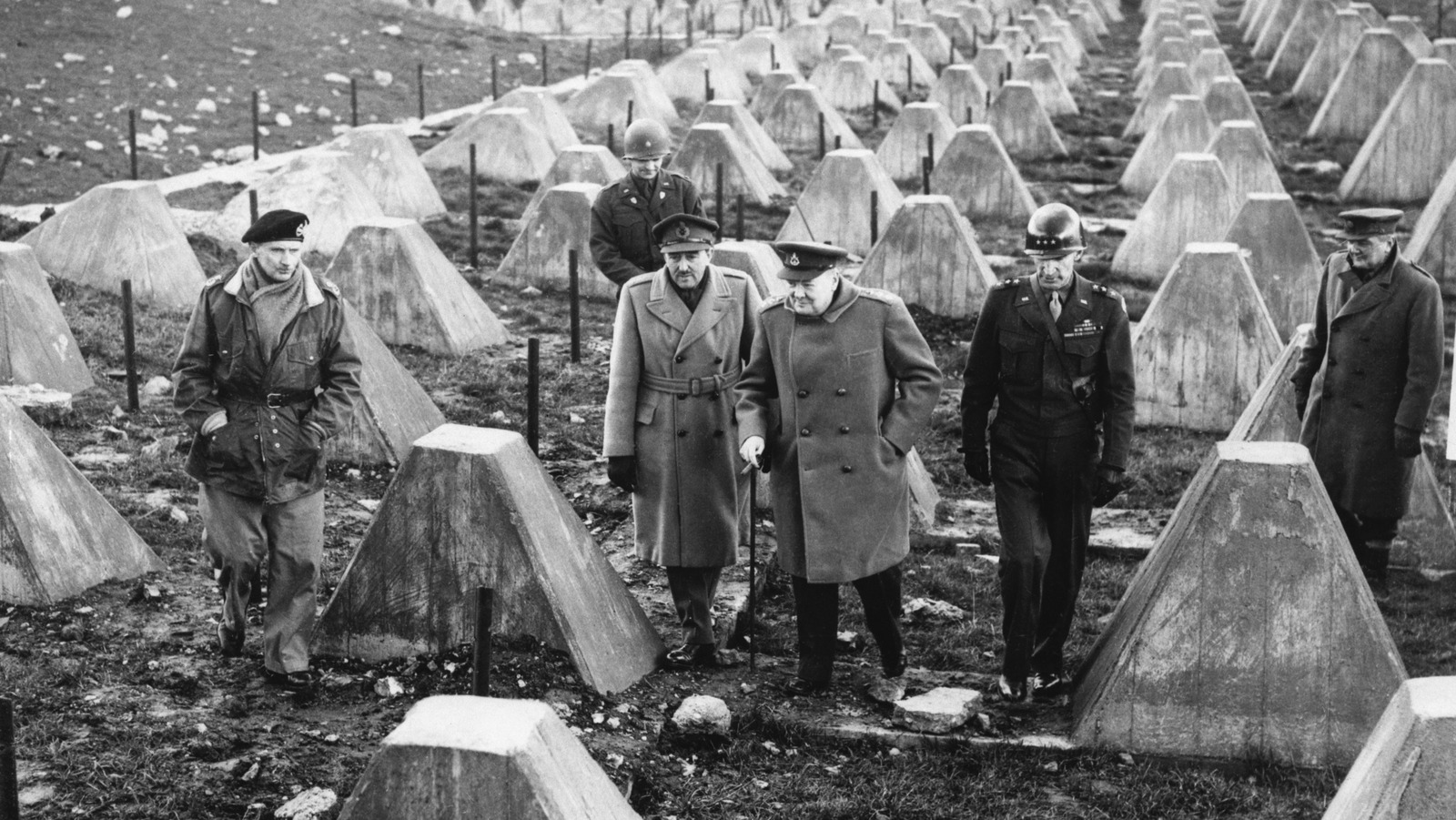
After the war, destroying or removing the teeth was too costly, so they were left to blend into their surroundings. The teeth have acquired the patina of their environment; whether covered in moss and mold or bleached white by the sun, they remain mostly unchanged from the day they were made. Farmers use these areas for grazing. Communities cleared the brush to create historic sites with walking paths, making them a destination for military buffs. Immersive guided tours specializing in WWII battlefield experiences across places like Normandy, Hollerath, and the Ardennes offer insightful perspectives on the historical importance of these sites.
Dragon’s teeth are also along Britain’s coast, designed to defend against amphibious tank landings from the North Sea and the English Channel. Many are still visible at Fairbourne Beach, Wales, the Isle of Grain in North Kent, along the River Wey in Guildford, Surrey, and Cramond, Edinburgh, Scotland. Though never tested in battle, the teeth serve as poignant reminders of a time when the shores of Great Britain stood on the brink of uncertainty. In the rugged terrain of Northern Italy and the peaks of the Alpine Wall are uniquely shaped Dragon’s teeth, which resemble concrete blocks crowned with a Hershey Kiss. Venture further into Wimmis in the Canton of Bern, Switzerland, where these inert remnants dot the landscape.










